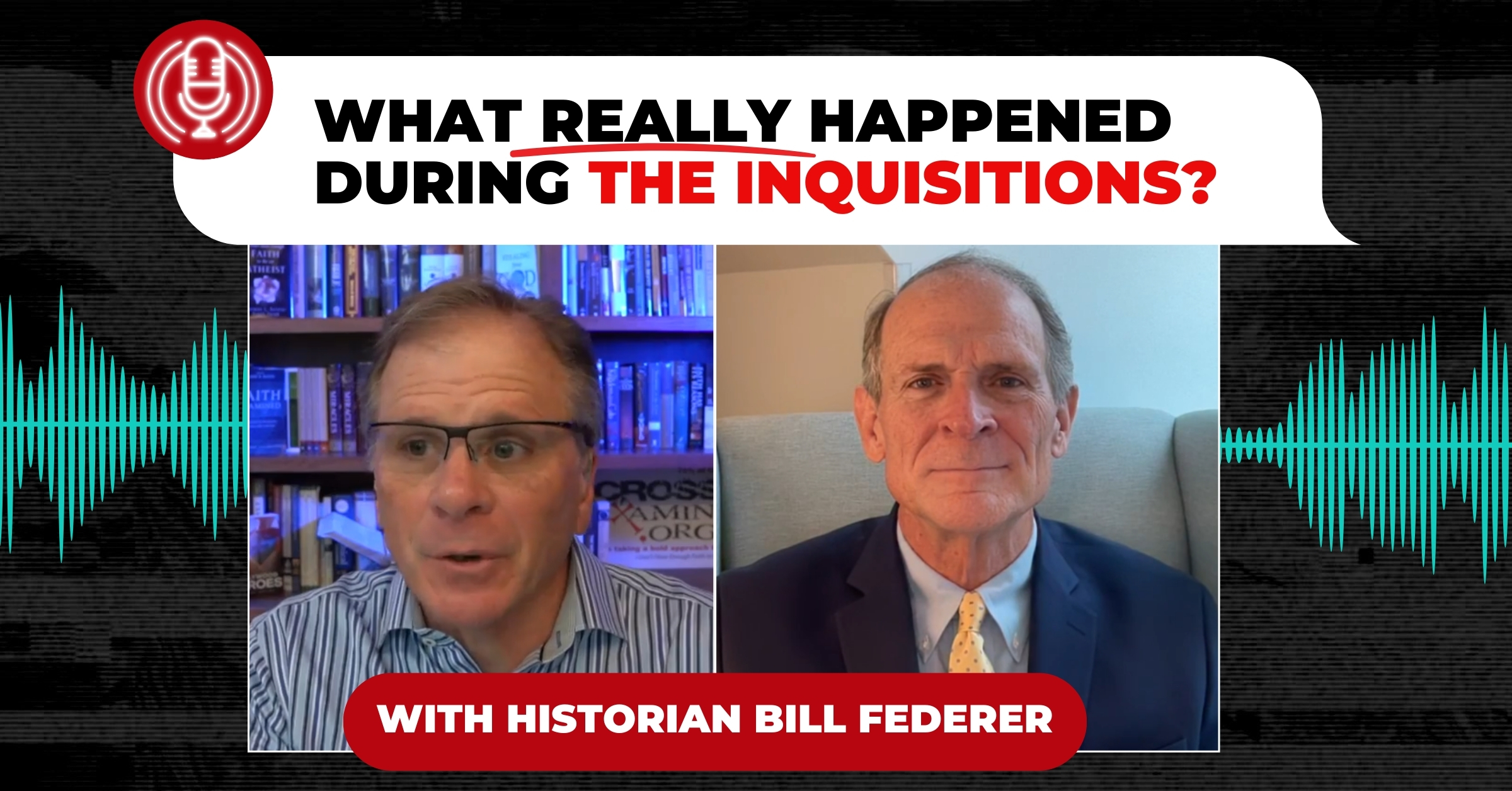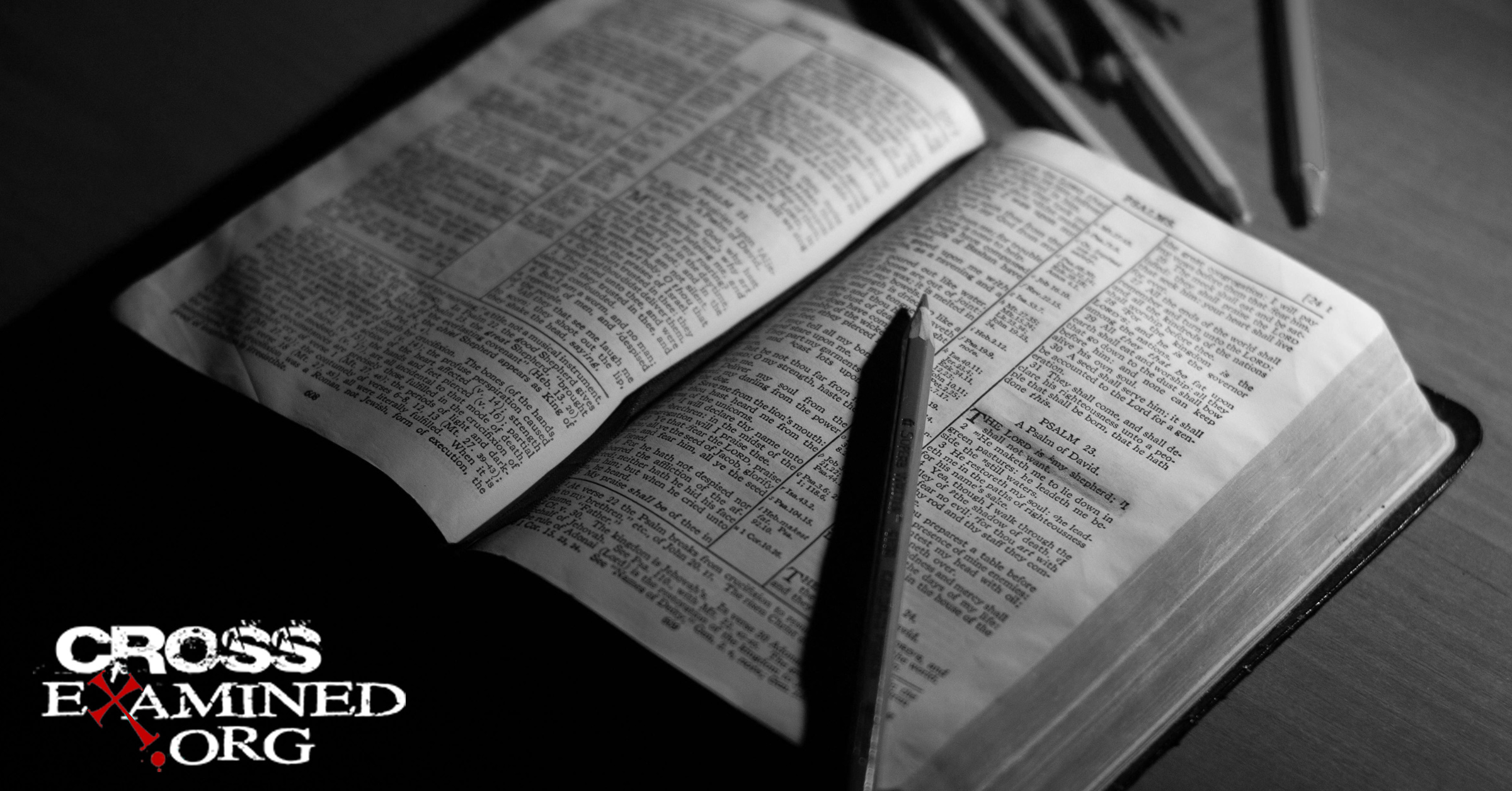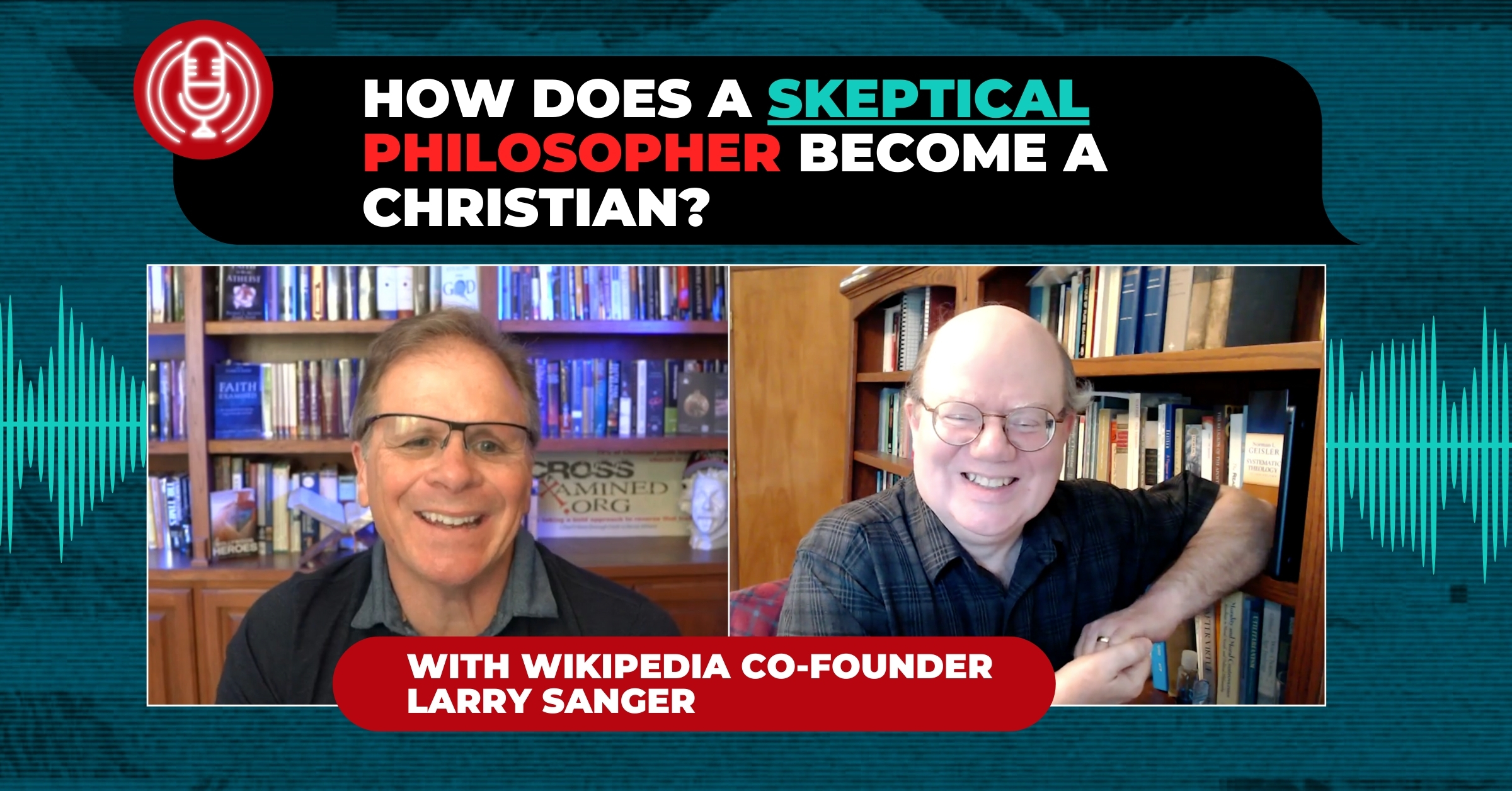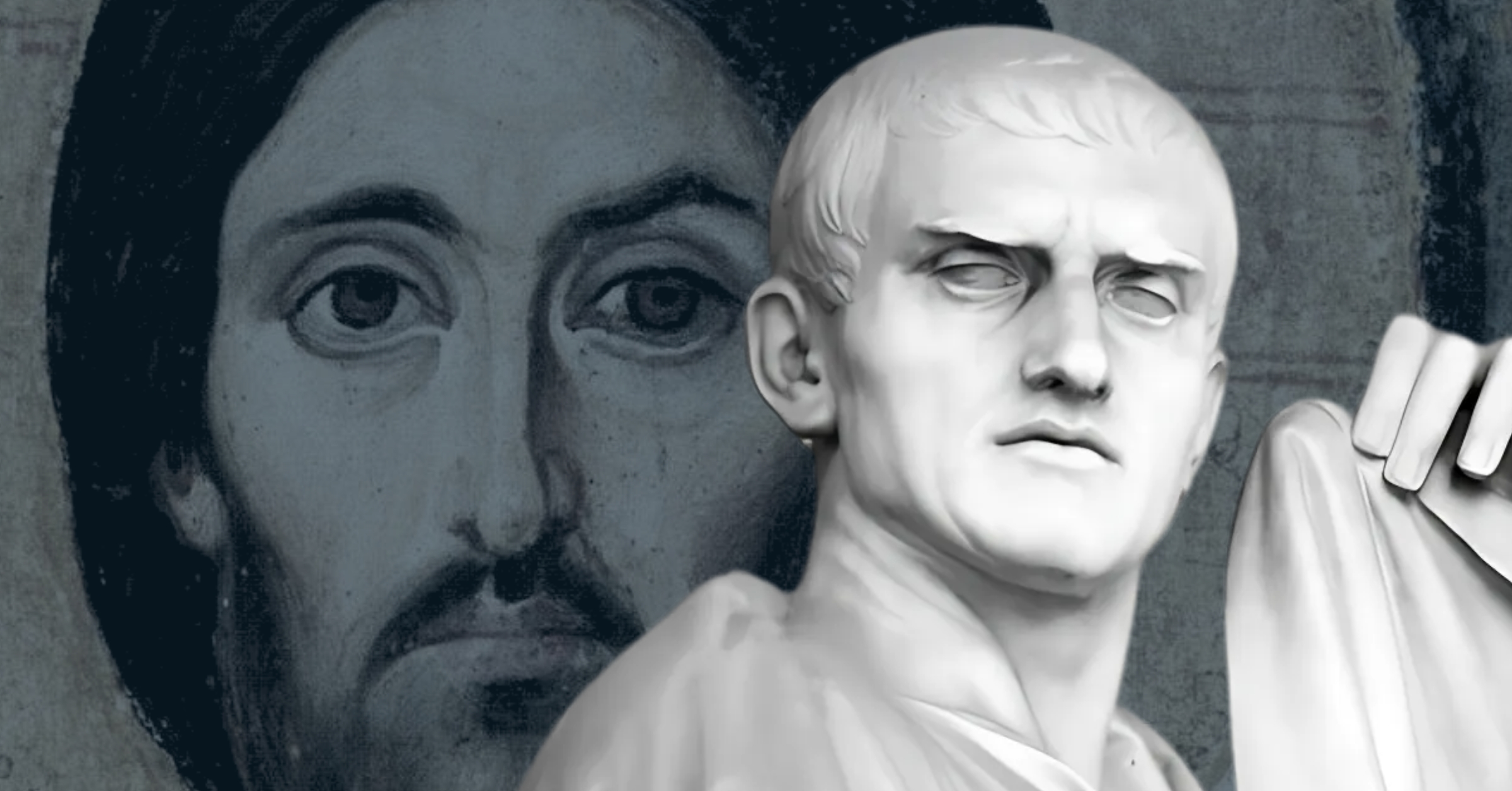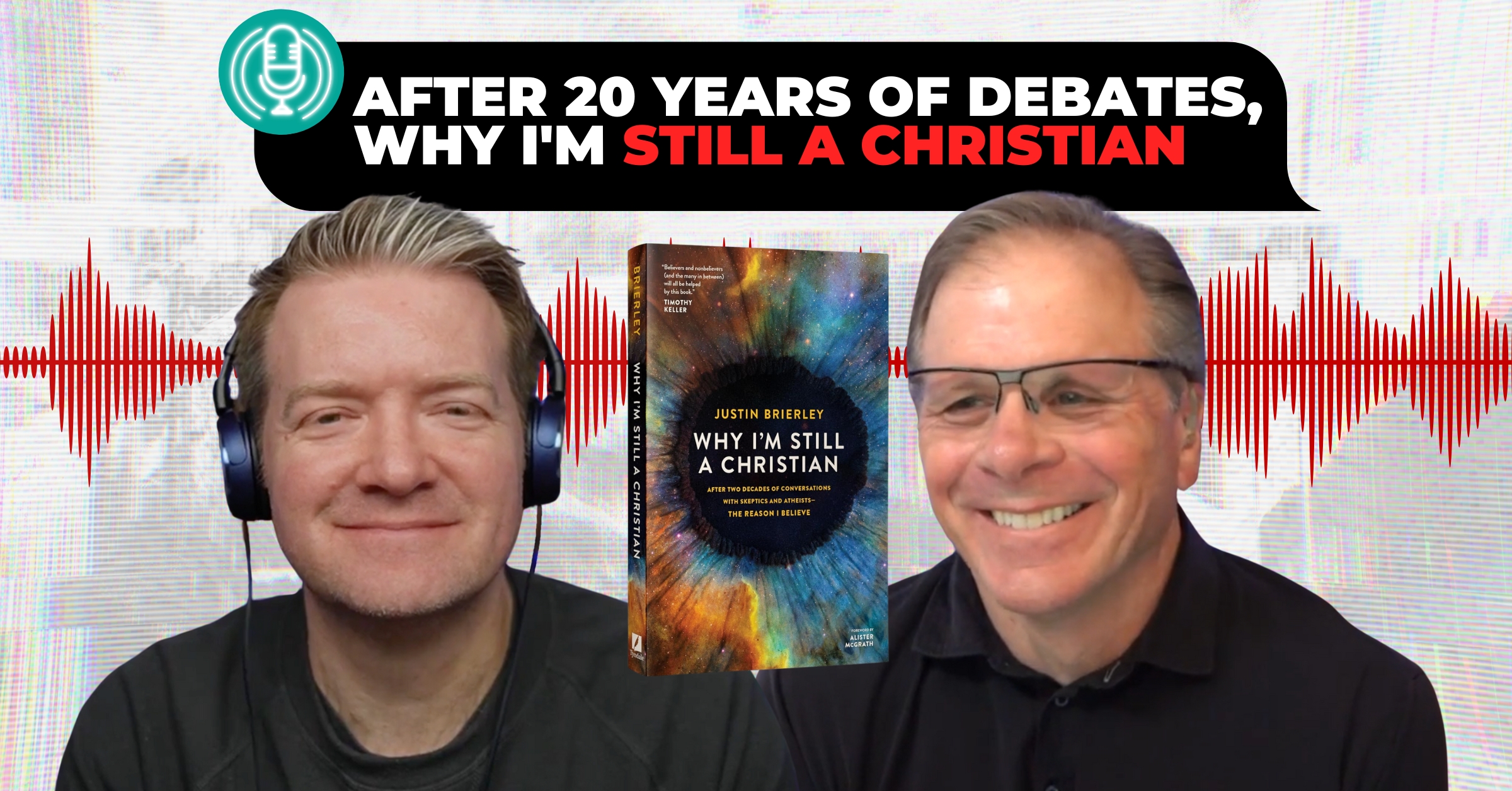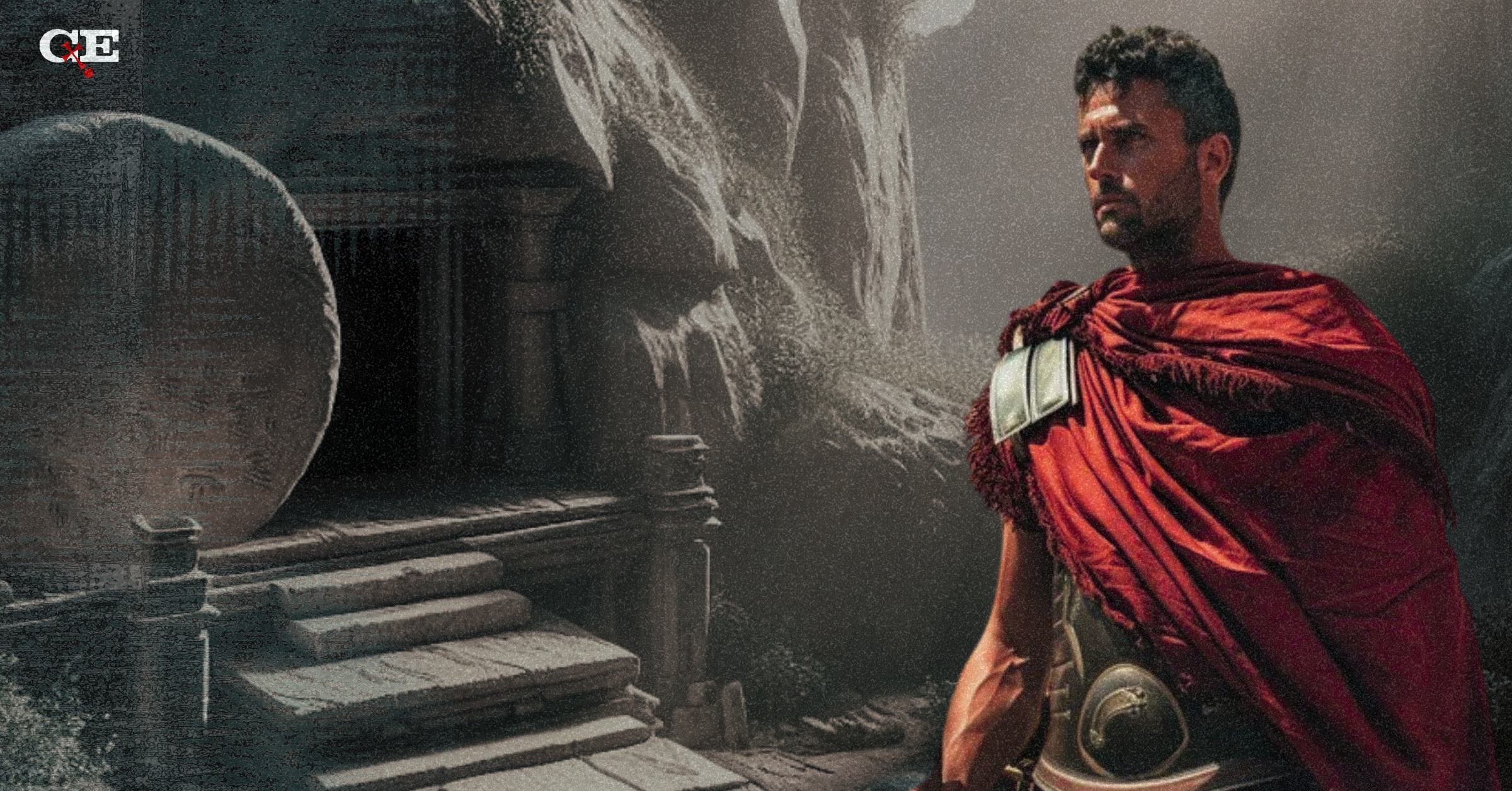I told someone recently that Easter (aka., “Resurrection Sunday”) is my favorite holiday. It holds a greater prominence for the child of God than even Christmas. Up until the commercialization of Christmas, Easter was the central holiday for the Christian. One of my good friends recently stated that her pastor called Easter the “Super Bowl for Christianity,” and for good reason. Easter celebrates the resurrection of Jesus Christ.
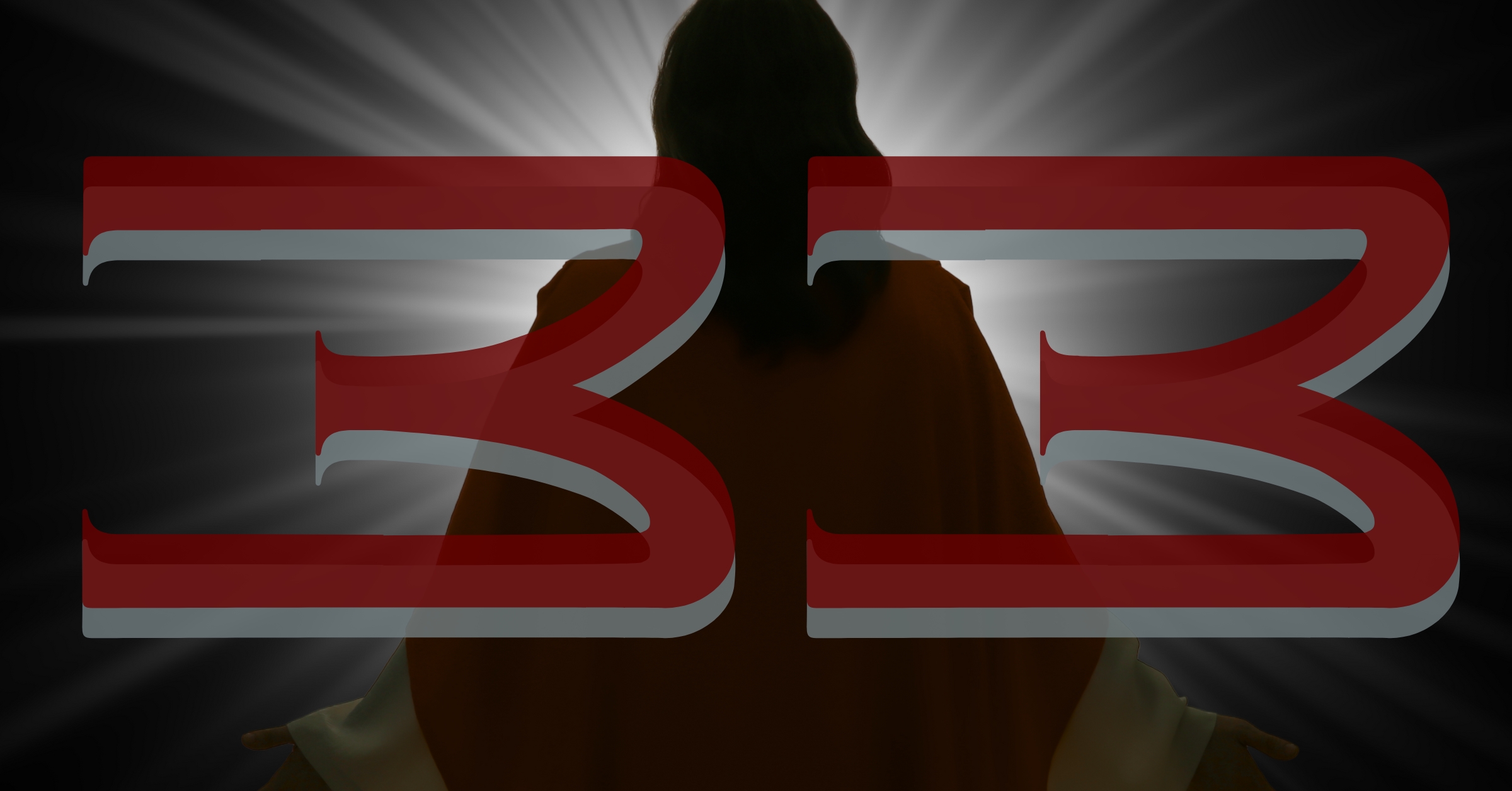
Are there, however, good reasons for believing that Jesus of Nazareth literally arose from the dead on that first Resurrection Sunday? The historicity of the resurrection and the Gospels were a major sticking point for me in my time of doubt. If the resurrection was only wishful thinking, then believers have no genuine hope for their eternity. Yet if the resurrection is true and did occur, then the believer has a hope that nothing else could afford. But do we know that it did happen?
In my book The Layman’s Manual on Christian Apologetics, I used an acronym to lay out the core fundamental evidence for the resurrection. However, my doctoral studies revealed even deeper reasons to accept the resurrection of Christ as a real event of history. Using the acronym RISEN as a launch pad, we will consider 33 defenses for the resurrection of Jesus. For those who are unfamiliar with Layman’s Manual on Christian Apologetics, the RISEN acronym stands for the following:
Records of Jesus’s resurrection,
Irritating details about the resurrection that show its truthfulness,
Sightings of the risen Jesus,
Early testimony about the risen Jesus,
Newfound faith of the disciples.[1]
Records of Jesus’s Crucifixion and Resurrection
Jesus’s resurrection maintains a high level of credibility when considering the early records that speak of this event. For this section, five groups of independent sources will serve as the first five defenses for the resurrection.
(1) Five Independent Testimonies in the Gospels
Now, you likely read the above statement and asked yourself, “Five independent sources in the Gospels? How can there be five independent sources when there are only four Gospels? Within the four Gospels, scholars recognize five independent sources behind the texts.
- Q, the initial for the German word quelle,meaning source, contains the independent sources shared by the Gospel of Matthew and the Gospel of Luke. Scholars maintain that Q may be among the earliest source material in the Gospels.[2]
- The pre-Markan material makes up the second independent source, and it could very well date to the 30s.
- The source material marked “M” represents the material that is exclusive to Matthew’s Gospel.
- The “L” material is source material that is only found in the Gospel of Luke.
- The independent source material found in John’s Gospel.
The Markan material briefly describes the resurrection of Jesus. Q may not explicitly reference the resurrection, but it does contain material where Jesus alludes to, if not boldly predict his resurrection. Additionally, M, L, and John’s material all speak of the resurrection of Jesus, even noting the risen appearances of Jesus. Altogether, these five sources alone offer a strong case for the resurrection of Jesus.
(2) Independent Testimonies in the Epistles
Like the Gospels, we must consider the individual epistles as singular documents of history. Paul discusses the resurrection of Jesus thoroughly in 1 Corinthians 15. James the brother of Jesus does not specifically discuss the resurrection. He does, however, call Jesus by the title “Lord,” indicating that he identified him with divinity. Only the resurrection could have convinced James of this association. Peter wrote two epistles. In those documents, he refers to Christ as the cornerstone (1 Pet. 2:6) and alludes to the resurrection with his teachings of God raising up those who had suffered. Likewise, John wrote three letters and identified Jesus with the Logos (wisdom) of God—a tremendously high theology that flowed from an understanding of the risen Jesus.
(3) Extra-biblical Christian Testimonies about the Resurrection
Outside of the biblical texts, numerous Christian authors of the first and second-century, along with subsequent generations mentioned the death, burial, and resurrection of Jesus This present exercise will not permit us to list all of them at this time. Some of the more prominent writers include Clement of Rome, Ignatius, Irenaeus, Polycarp, and Justin Martyr.
(4) Extra-biblical Roman Testimonies about the Resurrection
Early Roman historians make mention of Jesus of Nazareth and the early Christian’s belief that Jesus had appeared to them alive on the third day after Jesus’s crucifixion. These historians include Tacitus (AD 55–120), Josephus (c. AD 37–97), Suetonius (AD 69–122), Thallus (c. AD 52; who mentioned the darkness that surrounded the region and tried to rationalize it), Pliny the Younger (late first-century through early second-century). Pliny’s letters to both Emperor Trajan and Emperor Hadrian talk about how the Romans were to deal with the Christian movement, especially seeing that they refused to worship the gods of the Roman pantheon.
(5) Extra-biblical Jewish Testimonies about the Resurrection
Additionally, it may surprise some to find that early Jewish rabbis included comments about Jesus in the Jewish Talmud, although their comments were not that flattering. Many referred to Jesus as a sorcerer (speaking to Jesus’s miracles), a deceiver (speaking of the resurrection), and a bastard (speaking to the Virgin Birth). Certainly, their portrayal of Jesus was not that kind.
Irritating Details
We now move on to the second letter of our RISEN acronym, which is the “I” that indicates irritating details of the resurrection that would be embarrassing for the early Christians to proclaim. For our present venture, these irritating details also speak to details surrounding the resurrection that skeptics may have a difficult time explaining.
(6) The Testimony of Women as the First Eyewitnesses
Nearly every record of the resurrection begins with the testimony of women. Living in an egalitarian society as we do in the United States, many may look over this truth as inconsequential. However, that is far from the case. The testimony of women did not enjoy the same strength as a man’s in the first-century. Therefore, if a woman testified to seeing something as phenomenal as the resurrection, her report may not be taken seriously. Yet it was the faithful women of Jesus’s troupe that first saw Jesus risen from the dead and encounter the empty tomb. Even the disciples scoffed at this notion at first. The early church would simply not invent this detail if it were not true.
(7) Joseph of Arimathea Offering the Burial for Jesus
Another embarrassing detail for the church was that they could not offer Jesus a proper burial. In fact, a member of the very Sanhedrin that condemned Jesus, named Joseph of Arimathea, offered the family and friends of Jesus his newly cut tomb to inter the body of Jesus. According to the tradition of the day, families would leave a body wrapped in cloth for a year. After a year, the body decayed in the dry, arid climate of Israel. The family then took the cloth and poured the bones into a family burial box called an ossuary. The early church would not have shown and exposed Joseph of Arimathea as the caregiver of Jesus if it were not in fact true.
(8) The Testimony of the Resurrection Beginning in Jerusalem
Skeptics like to infer that the resurrection is a later invention of the church. Yet another detail that is irritating for the skeptic is that the report of the resurrection flowed out of Jerusalem, Israel in AD 33. If a person did not believe the report of the empty tomb, all one had to do was to travel to the tomb and see for themselves. Jerusalem was ground zero for the resurrection event.
(9) The Fact That No One Expected a Resurrection Before the End of Time
Another irritating detail for the skeptic is yet another detail that is often overlooked. Many skeptics posit that the early church presented Jesus as the risen Son of God to fulfill some preconceived expectation they had for the Messiah. However, data suggests that the early church would not have done such a thing because they never expected the Messiah to rise from the dead in the first place! The Pharisees’ and Essenes’ understanding of the resurrection was that the dead would rise at the end of time, not three days after the Messiah’s death. The messianic anticipation was that the Messiah would lead a revolt like Judas Maccabeus did to redeem the people from Roman rule and usher in the end of days. That did not happen. Their concept of resurrection did not match the resurrection of Jesus.
(10) The Understanding that a Man Hung on a Tree Was Accursed .
Deuteronomy 21:22-23 states that anyone who is hung upon a tree is cursed. As such, Jewish believers would have scoffed at the idea that their hero would have been nailed to a tree. Seeing that they did not have an understanding of a resurrection in the here and now, the idea of a crucified Messiah makes no sense unless it was accompanied by a resurrection. Early followers of Jesus would have abandoned him as an accursed man unless they had reasons to believe that he had overcome death itself. The resurrection was the answer.
(11) The Crucifixion Nail
Archaeologists discovered a portion of a heel bone that dated to a first-century crucified man named Yehohannon. Most interestingly, the heel bone contained a nail that was bent around a piece of olive wood. The nail is one of the first physical examples of the crucifixion. It also shows the brutality of the practice, which highly dismisses any idea that a person could have merely passed out on the cross and reawakened in a normal state after spending three days in a tomb. Additionally, another example of a crucified ankle was found a few years ago in northern Italy.
(12) The Nazareth Decree
Archaeologists also discovered another artifact of great interest to resurrection studies. It is a decree offered by the emperor. Scholars typically agree that it was decreed by Claudius between AD 41–54.[3] The decree states the following:
“It is my decision [concerning] graves and tombs—whoever has made them for the religious observances of parents, or children, or household members—that these remain undisturbed forever. But if anyone legally charges that another person has destroyed, or has in any manner extracted those who have been buried, or has moved with wicked intent those who have been buried to other places, committing a crime against them, or has moved sepulcher-sealing stones, against such a person, I order that a judicial tribunal be created, just as [is done] concerning the gods in human religious observances, even more so will it be obligatory to treat with honor those who have been entombed. You are absolutely not to allow anyone to move [those who have been entombed]. But if [someone does], I wish that [violator] to suffer capital punishment under the title of tomb-breaker.”
The decree reveals that the news of Jesus’s resurrection likely reached the ears of the emperor at least by the 40s. The decree was posted in Nazareth, Jesus’s hometown. Coincidence? I think not.
(13) The Ossuary of James
The thirteenth defense isn’t as strong as others on this list, but it is still worth mentioning. A few years ago, archaeologists discovered an ossuary (i.e., a burial box) that contained the remains of a man named “James son of Joseph brother of Yeshua.” This “James” is identified as the brother of Jesus. The ossuary dates to the first-century, leading many to deduce that the ossuary contained the bones of James the brother of Jesus. While the ossuary of James does not necessarily prove the resurrection, it does show that the burial practices presented in the Gospels match those of the times. If the burial box is legitimate and is connected to the holy family, then it does show that James’s identity was tied to being a brother of Jesus just as James was identified in the biblical narratives.
(14) The Shroud of Turin
Space will not allow us to give all the reasons to believe that the Shroud of Turin is legitimate. However, we can say that new data more strongly than ever suggests that the Shroud is the authentic burial cloth of Jesus. For those who are unaware of the cloth, the Shroud of Turin is a herringbone cloth that contains a faint, hair-length image of a crucified man that matches the same kind of crucifixion that Jesus experienced. Recent data suggests that a similar image can be made if a cloth is exposed to high doses of X-ray radiation. For the image on the cloth to be made, it would require that a high dose of light radiation luminated from the body and that the body dematerialized, leading to the cloth collapsing on itself. These details match what one would expect with a resurrection event.
Stay tuned for part 2 in this series!
References:
[1] Brian G. Chilton, Layman’s Manual on Christian Apologetics, 96–99.
[2] [Editor’s Note: While much of the scholarship community has moved away from “Q-theory”, it has had a lot of support over the last 150 years, with some supporters still today.]
[3] Gary Habermas, The Historical Jesus: Ancient Evidence for the Life of Christ, 176.
Recommended Resources:
Why We Know the New Testament Writers Told the Truth by Frank Turek (mp4 Download)
The Top Ten Reasons We Know the NT Writers Told the Truth mp3 by Frank Turek
Early Evidence for the Resurrection by Dr. Gary Habermas (DVD), (Mp3) and (Mp4)
Cold Case Resurrection Set by J. Warner Wallace (books)
Brian G. Chilton earned his Ph.D. in the Theology and Apologetics at Liberty University (with high distinction). He is the host of The Bellator Christi Podcast and the founder of Bellator Christi. Brian received his Master of Divinity in Theology from Liberty University (with high distinction); his Bachelor of Science in Religious Studies and Philosophy from Gardner-Webb University (with honors); earned a Certificate in Christian Apologetics from Biola University, and plans to purse philosophical studies in the near future. He is also enrolled in Clinical Pastoral Education to better learn how to empower those around him. Brian is a member of the Evangelical Theological Society and the Evangelical Philosophical Society. Brian has served in ministry for over 20 years and currently serves as a clinical hospice chaplain as well as a pastor.
Originally posted at: https://bit.ly/3RFTCOC

